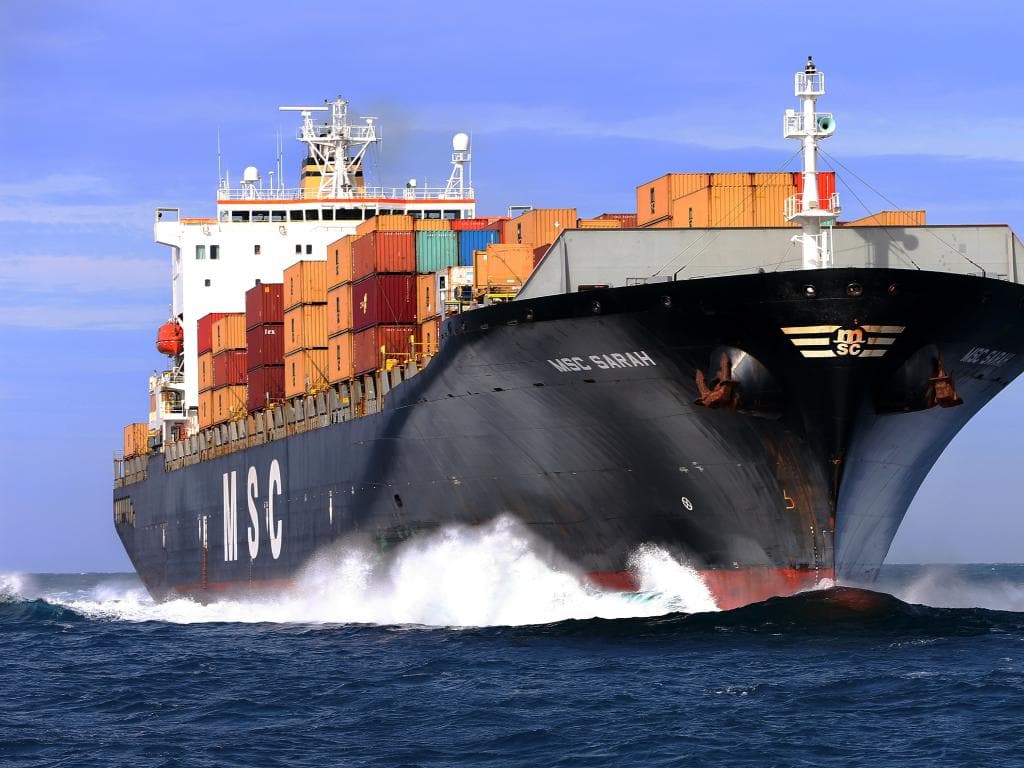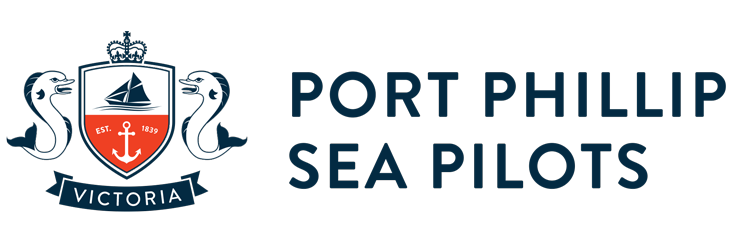05 Jul Mitch Matters: Spare a thought for brave Port Phillip Sea Pilots

Peter Mitchell, Mornington Peninsula Leader, July 5, 2019 5:00pm
Sea pilots are a common sight for anyone who lives on the Mornington Peninsula.
Cast your gaze towards Port Phillip Bay and you’ll see them chugging along the super highway that is our main shipping channel.
Container ships of all shapes and sizes head to and from the Port of Melbourne, Australia’s busiest for containerised and general cargo.
They are money-munching machines on gruelling around-the-world schedules.
Park the car at Queenscliff or Dromana to get a closer look. They are giants of the sea, stacked to the heavens with containers and you’d swear we were importing a small city. Cars, whitegoods, garden furniture, electrical appliances, the list is endless. It’s the only way these products end up at our retail outlets.
Some of these cargo ships circle the globe every 85 days. It costs $25,000 or more to keep them going each day, and once they’ve delivered their containers they’re off to the next port. And there’s only one way they can get in and out — through the notorious Port Phillip Heads.
It’s a boiling, bubbling, dangerous body of water that has an international reputation.
When the tide recedes from the Bay and the swell arrives from the south to hit the continental shelf, anything can happen.
This is when our local heroes take over.
They risk life and limb to make sure these massive vessels make it through the Heads safely without causing an environmental catastrophe.
They are a dedicated and close-knit group called the Port Phillip Sea Pilots. From their base at Queenscliff, sea pilots rendezvous with ships about three nautical miles out to sea, giving them just enough time to familiarise themselves with the steering before taking the big vessels into the bay’s shipping channel.
The pilots are required to head out in their high-speed launches, in all weather conditions and tides, day and night, to draw up alongside these maritime behemoths.
They board the ships on the run, at a speed of about 10 knots.
There’s no margin for error when taking the big step from pilot boat to rope ladder dangling over the ship’s side.
The ladder is about 20 metres long and joins an accommodation ladder secured to the ship at a 45-degree angle.
From there the pilot heads to the bridge to take the wheel and the job of the visiting Captain. They are the ones with the local knowledge and they are in charge and must be listened to, no matter what language barriers exist.
Once the rip is safely negotiated, it’s back down that ladder again to their partner in the launch and a return to base.
The history of the Port Phillip Sea Pilots goes back to June 1839, when the first licence was granted to George Tobin by NSW Governor Gipps.
Tragically, it was a pilot boat bearing Tobin’s name that set off on an ill-fated mission and proved to the local community just how dangerous this job could be.
In August 1991, Captain J.R. Nance and his two crew members, J.C. Clayton and A.R.
McRae, died in treacherous seas when their vessel flipped stern over bow.
This was the catalyst for a fleet of bigger, more powerful launches.
Next time you spot a huge container ship heading to or from Melbourne, spare a thought for the brave pilot who helped the vessel charter our infamous course.

